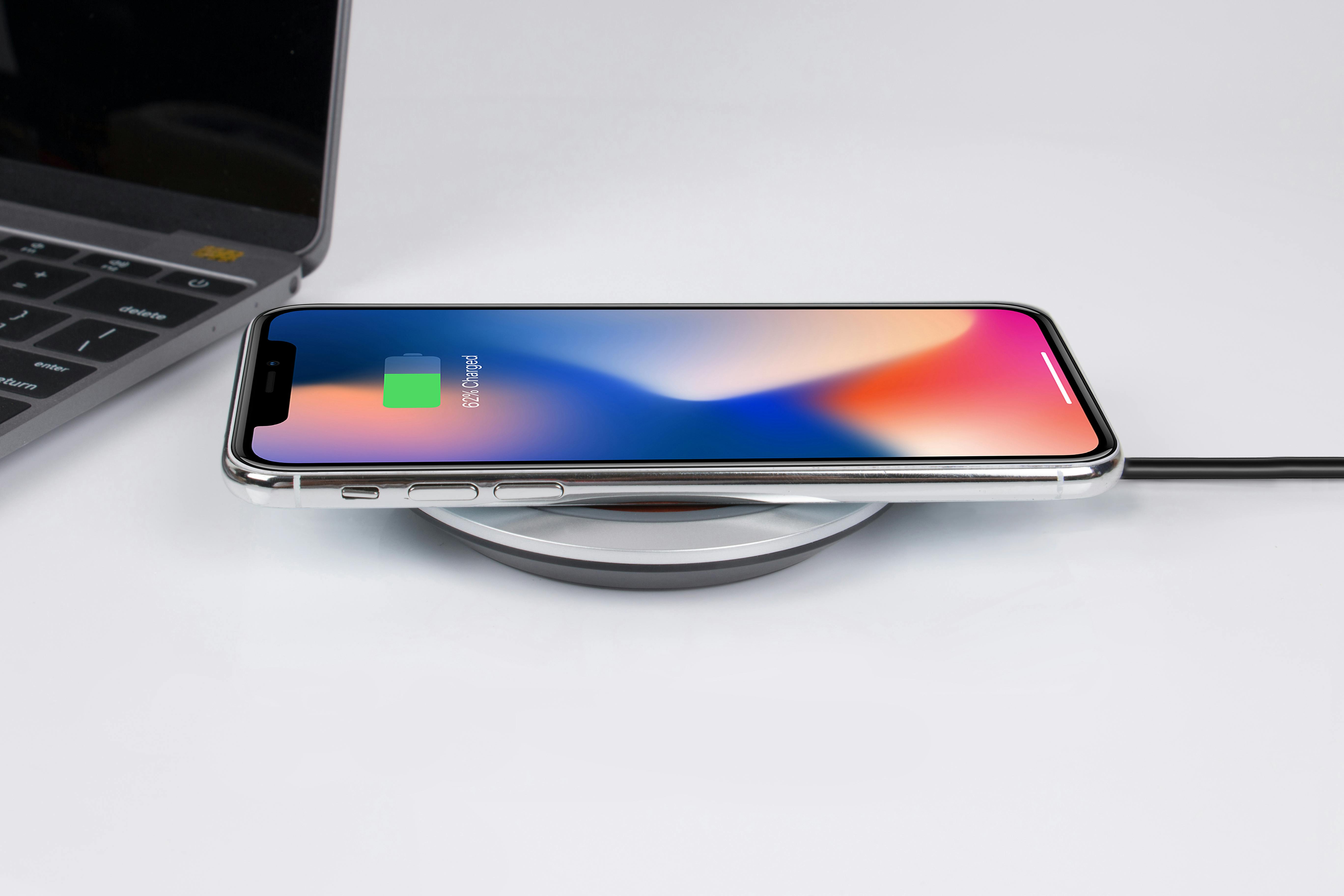
Wireless charging has steadily grown in popularity, with the Qi standard being the most widely used.
However, the original Qi technology had its downsides, such as uneven charging speeds and misalignment issues between devices and chargers. Enter Qi2, the next-generation wireless charging standard introduced by the Wireless Power Consortium (WPC). Launched in early 2023, Qi2 promises to enhance wireless charging by making it more efficient, faster, and universally compatible.
So what sets Qi2 apart?
At the heart of Qi2 is the Magnetic Power Profile (MPP), which is heavily influenced by Apple’s MagSafe technology, in fact they helped develop it from the outset. This new feature incorporates a ring of magnets that ensures perfect alignment between the device and the charger, minimising energy loss and increasing charging speeds.
Qi2-certified devices can charge up to 15 watts, a significant improvement over the original Qi standard's 5-watt limit. This speed matches Apple’s MagSafe capabilities and may increase further as the technology grows.
The inclusion of MPP also paves the way for broader compatibility. Qi2 is designed to close the gap between Android and iPhone devices, allowing them to use the same chargers without issue. For example, an iPhone can be charged on a Qi2 charger made for an Android device, and vice versa. This cross-compatibility is a huge leap towards establishing a global standard for wireless charging, reducing the need for multiple chargers and cables.
Backward Compatibility and Limitations
While Qi2 is intended to be backward compatible, allowing it to charge older Qi-supported devices like Android phones and MagSafe-enabled iPhones, there are some limitations. Not all Qi2 devices are compatible with older Qi chargers. This inconsistency could pose a challenge for users who expect a seamless transition to the new standard.
Moreover, Qi2's rollout has been slower than anticipated. As of August 2024, only one Qi2-certified Android phone is available, and major manufacturers like Google and Samsung have not yet adopted the standard in their latest flagship models. The slow adoption rate could be due to the certification process, which requires strict compliance with criteria such as magnet strength, charging rate, and overall device compatibility. It is hoped that more Android manufacturers will start supporting Qi2 by 2025, but until then, options remain limited for consumers.
Advantages of Qi2 Over Qi
Despite the slow rollout and compatibility issues, Qi2 offers several advantages over the original Qi standard. The magnetic alignment provided by MPP ensures that the charging coils in both the device and the charger are perfectly aligned, reducing energy loss and preventing heat build-up, which in turn helps maintain battery health. Qi2 chargers are also designed to work with a wider range of devices, from smartphones to tablets and wearables. They can communicate with these devices to deliver the appropriate amount of power, thereby enhancing efficiency and safety.
Qi2 also brings other new features, such as improved heat management and foreign object detection, to prevent overheating and potential damage to both the device and charger. These improvements make Qi2 not only faster and more efficient but also safer for everyday use.
The Future of Qi2
Looking ahead, there are hopes that Qi2 will become the universal standard for wireless charging. Accessory manufacturers have already begun releasing Qi2-compatible chargers, with more expected to follow. However, the success of Qi2 will depend largely on its adoption by major device manufacturers. Given that phones typically have a two-year lead time, widespread adoption may not occur until 2025.
While the rollout of Qi2 has been slower than expected its potential to unify wireless charging standards across various devices and brands is promising. If Qi2 achieves its aim of providing a seamless, efficient, and universally compatible wireless charging experience, it could finally deliver the future of wireless charging we’ve been waiting for. Until then, we must continue navigate a fragmented landscape of wireless charging technologies, hoping that the benefits of Qi2 will soon become more accessible!